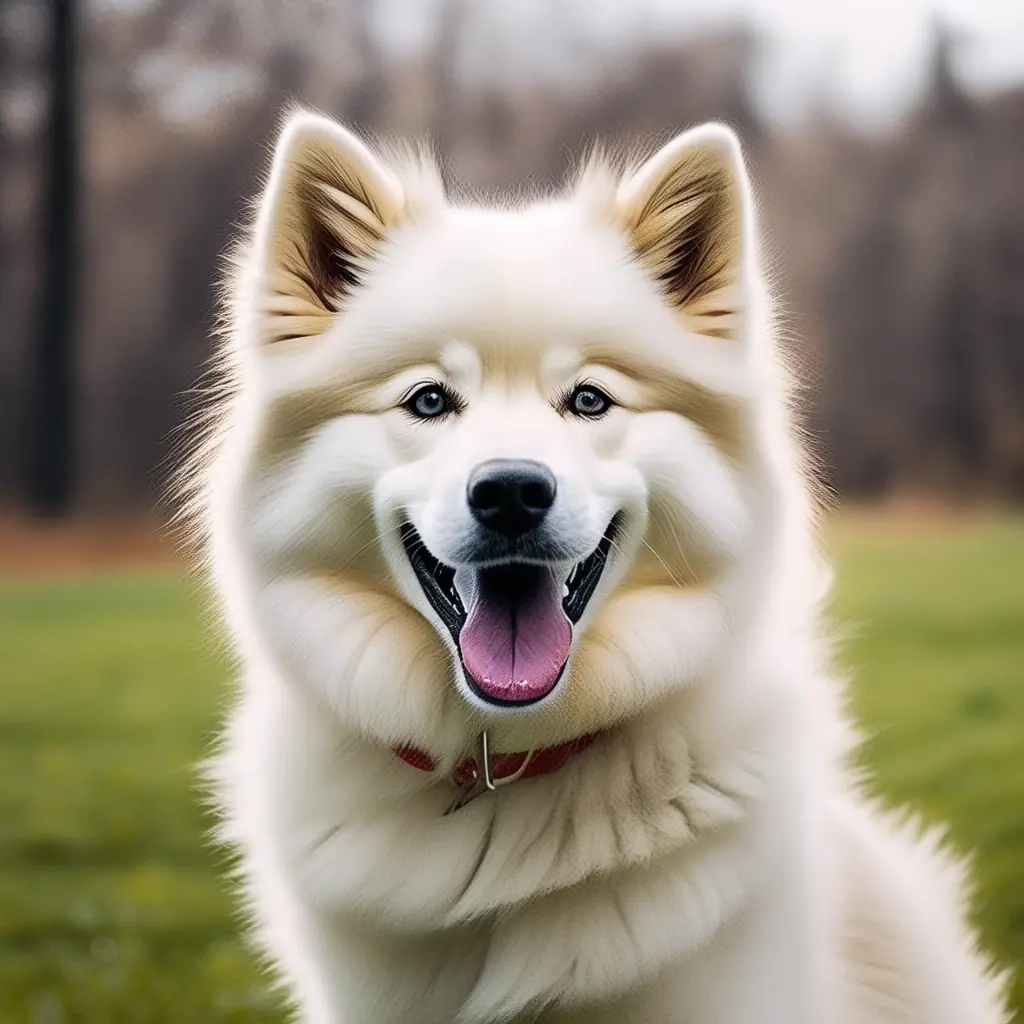Unlocking the Secrets to a Well-Behaved Pup: Top Dog Training Tips
Training your dog isn't just about teaching them to sit or stay; it's about building a foundation of mutual respect and understanding that enhances both of your lives. A well-trained dog is happier, safer, and more enjoyable to be around, whether you're at home or out in the world. Plus, it makes those daily walks and social outings much smoother.
Start with the basics. Commands like "sit," "stay," and "come" are not only fundamental but also serve as the building blocks for more advanced training. For instance, to teach "sit," hold a treat close to your pet’s nose, then move it upwards, which naturally causes their bottom to lower. The moment they sit, say “Sit!” and give them the treat. Consistency and repetition are key, so practice these commands every day in different environments to reinforce the behavior.
Positive reinforcement is your best friend in dog training. Reward your dog with treats, praise, or play whenever they do something right. This method encourages good behavior and strengthens the bond between you. For example, if your canine friend stops pulling on the leash, immediately reward them with a treat and verbal praise. Over time, they’ll associate walking calmly by your side with positive outcomes.
- Keep training sessions short (5-10 minutes) to maintain your dog's attention.
- Use high-value treats, like small pieces of chicken or cheese, to make the training more enticing.
- Be patient and consistent; learning new behaviors takes time.
- Avoid punishing your dog, as it can lead to fear and aggression.
One common mistake is to expect too much too soon. Every dog learns at their own pace, so it’s important to be patient and celebrate even the smallest victories. Remember, the goal is to create a positive and enjoyable experience for both you and your pet.
